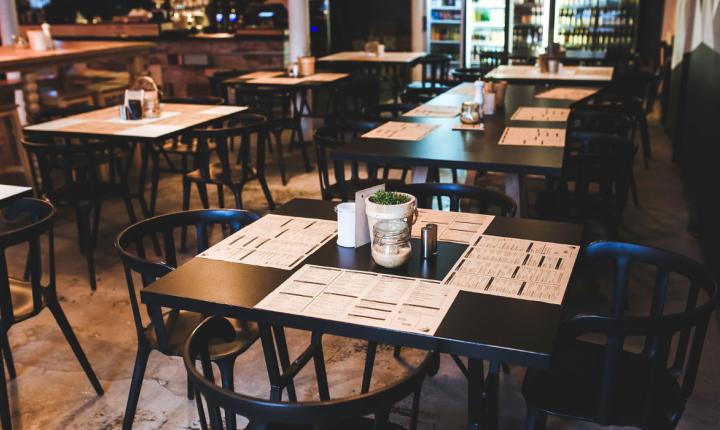RIO DE JANEIRO, BRAZIL – Habitual customers who visit the Bar dos Arcos, one of the busiest in the city of São Paulo, in the basement of the Municipal Theater, will perceive a difference. The once tight corridors now have more room, as the seating has been halved. The capacity, formerly 120 seats, has been reduced to 60.
“We have a civic responsibility to the moment in which we are living,” says the owner, Facundo Guerra. “We’ve reduced the number of clients and, this way, we’ve reduced the chance of a potential contagion.”

He is referring, naturally, to the recent increase in reported cases of coronavirus infections in Brazil – and which are expected to rise sharply in the coming weeks.
This is not an isolated case. Other bars and restaurants in São Paulo have taken precautionary measures to prevent the spread of the virus. Cozinha 212, the steakhouse in Pinheiros, has posted a notice on social media asking anyone who is not feeling well to refrain from visiting the place and seek a doctor.
It also noted that highly manipulated objects, such as doorknobs, doors and credit card machines, are being sanitized several times a day.
“Fortunately many of our customers are regulars and the service is very close, we call them by name, we shake hands”, says Renato Calixto, owner of the popular Bacuri Cozinha, a buffet restaurant in the upscale Itaim neighborhood. “The service continues to be cordial, cheerful and polite, but with much more caution, greater distance and no greetings”.
Bacuri serves an average of 280 people a day. The flow dropped 20 percent last week. Since last Friday the internal procedures have been intensified. “We have increased hygiene and cleanliness in the handling of food and in the sanitization of utensils, dishes and tables,” Calixto says.
“We’ve been providing hand sanitizers to clients and cleaning utensils, crockery and tables since we opened. Now, we have increased the number of hand sanitizer points for customers and staff”.
Another measure is already in progress. “We are preparing to start delivering to relieve the potential quarantine of the staff who live around the restaurant. By next week the service should be up and running.”
The use of the delivery service was also a recommendation of Andrea Johnston, COO of the Open Table, a reservation system that serves more than 60,000 establishments worldwide – in São Paulo, for instance, the Japanese contemporary cuisine restaurant Nobu is part of the network.
“Please support your favorite local restaurants in these turbulent times, as they are a vital part of communities,” Johnston wrote in a statement to customers. “Ordering food through the App is a good alternative to going out to dinner.”
In the Open Table blog, Johnston reports that the flow in restaurants in February was stable, but there was a drop in March, due to the care taken to avoid the spread of the COVID-19. And he points out some numbers:
In the United States and the United Kingdom, there has been a 20 percent reduction in the total number of seated customers compared to last year. (All the declines mentioned here are comparisons to the previous year).
In Mexico and Canada, there was a 15 to 17 percent decrease.
Things seem to be worsening rapidly, however. On March 12th, the United States, the United Kingdom and Canada experienced a reduction of approximately 30 percent.
Looking at some cities, the decline was of 45 percent in Seattle, 40 percent in San Francisco, 30 percent in New York and 25 percent in London, Los Angeles and Chicago.

